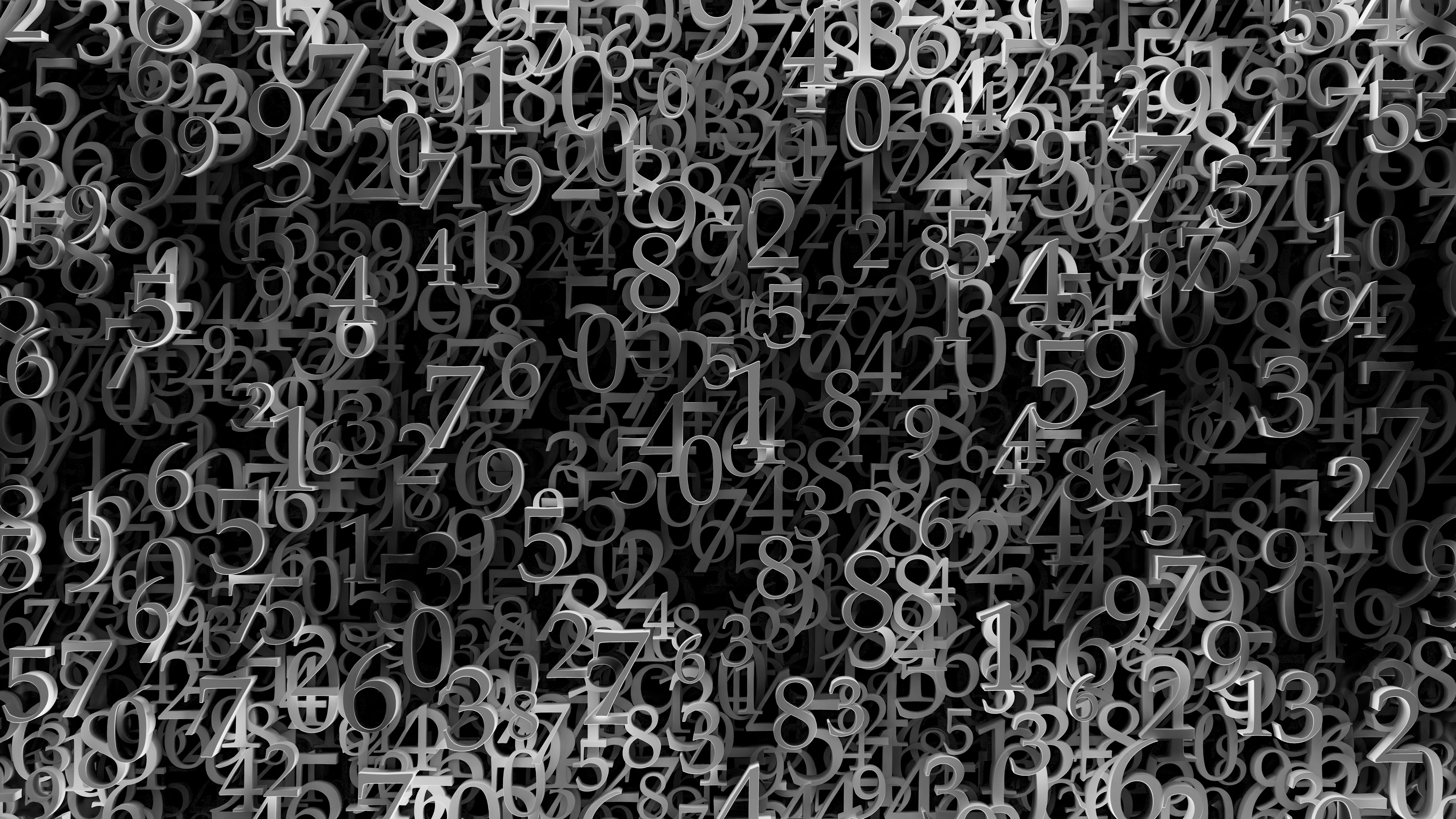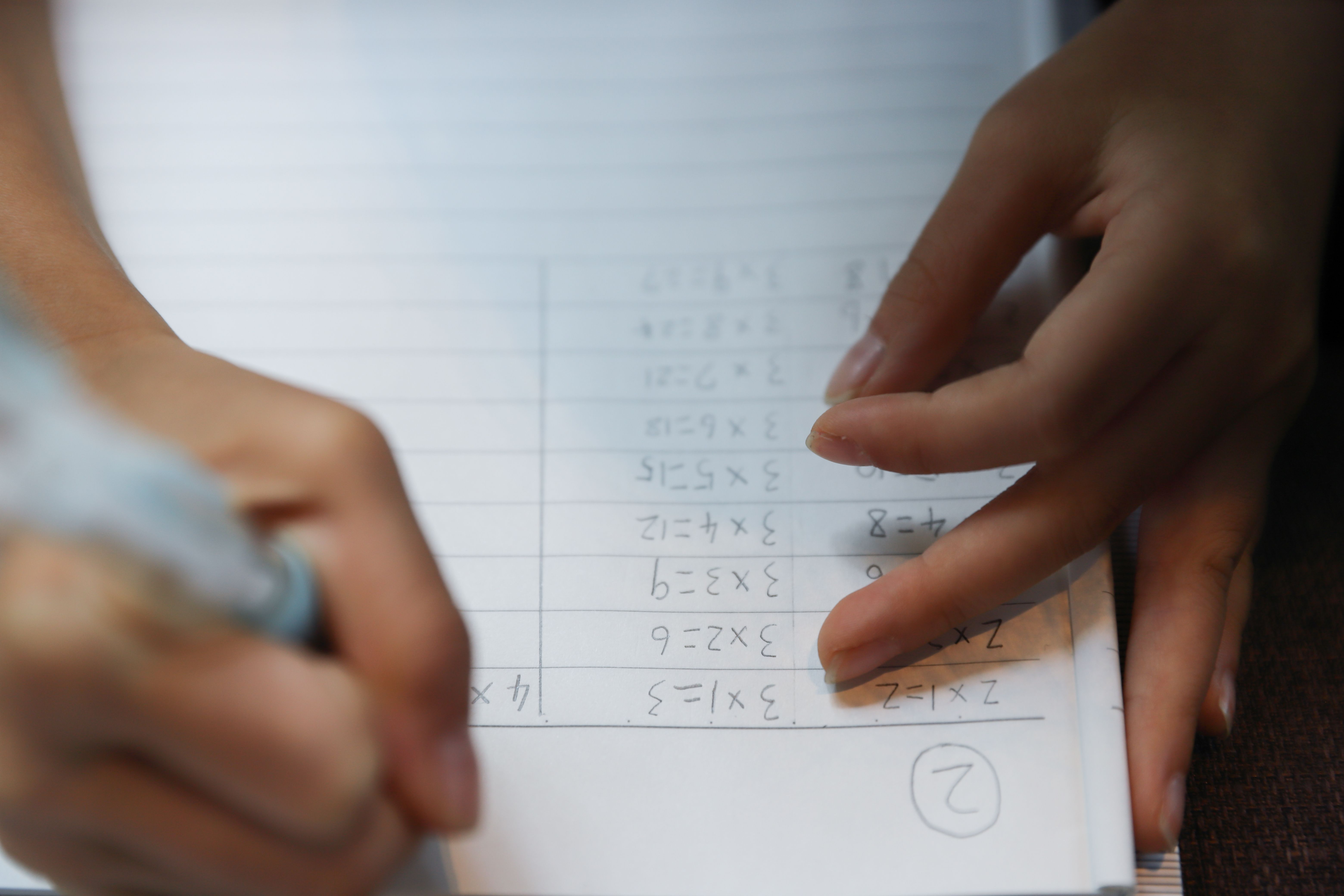Understanding Fractions: A Simple Guide for Students
Introduction to Fractions
Fractions can be a tricky concept for many students, but they are a fundamental part of math that is crucial to understand. A fraction represents a part of a whole or a division of quantities. Understanding fractions is essential not only in academics but also in everyday life.
At its core, a fraction is made up of two parts: the numerator and the denominator. The numerator is the top number and represents how many parts you have, while the denominator is the bottom number and shows how many equal parts the whole is divided into.

Types of Fractions
Proper and Improper Fractions
Fractions can be classified into proper and improper fractions. A proper fraction is when the numerator is less than the denominator, such as 3/4. This means you have less than a whole. An improper fraction, on the other hand, has a numerator larger than or equal to the denominator, like 5/3, indicating more than a whole.
Mixed Numbers
A mixed number combines a whole number and a fraction, such as 2 1/2. This format is often used for easier understanding and visualizing when you have more than one whole piece.

Equivalent Fractions
Equivalent fractions are different fractions that represent the same value. For example, 1/2 is equivalent to 2/4 and 4/8. To find equivalent fractions, you can multiply or divide both the numerator and denominator by the same number.
This concept is particularly useful for simplifying fractions or finding common denominators when adding or subtracting fractions. Simplifying helps in reducing the fraction to its simplest form, making calculations easier.

Adding and Subtracting Fractions
To add or subtract fractions, they must have a common denominator. If the denominators are different, you need to find the least common denominator (LCD) and convert each fraction.
- Find the LCD of the fractions.
- Convert each fraction to an equivalent fraction with the LCD.
- Add or subtract the numerators, keeping the denominator the same.
- Simplify the final fraction if possible.
Multiplying and Dividing Fractions
Multiplying fractions is straightforward: multiply the numerators together and the denominators together. For example, to multiply 2/3 by 3/4, multiply 2 by 3 and 3 by 4, resulting in 6/12, which simplifies to 1/2.
Dividing fractions involves flipping (finding the reciprocal of) the second fraction and then multiplying. For instance, dividing 2/3 by 4/5 involves multiplying 2/3 by 5/4.

Practical Applications
Fractions are not just for math class—they appear in cooking, construction, budgeting, and many other areas of daily life. When following recipes, fractional measurements are common. Builders use them frequently to ensure precise measurements.
Understanding how to work with fractions can simplify tasks that involve division and sharing of resources, ensuring accuracy in various practical scenarios.

Tips for Mastering Fractions
- Practice regularly: Working through problems consistently helps solidify understanding.
- Use visual aids: Drawing or using fraction circles can help visualize parts of a whole.
- Relate to real-life situations: Think about fractions in terms of pizza slices or money to make them more relatable.
By applying these strategies and understanding key concepts, students can become more confident in their abilities to handle fractions in both academic and practical settings.
